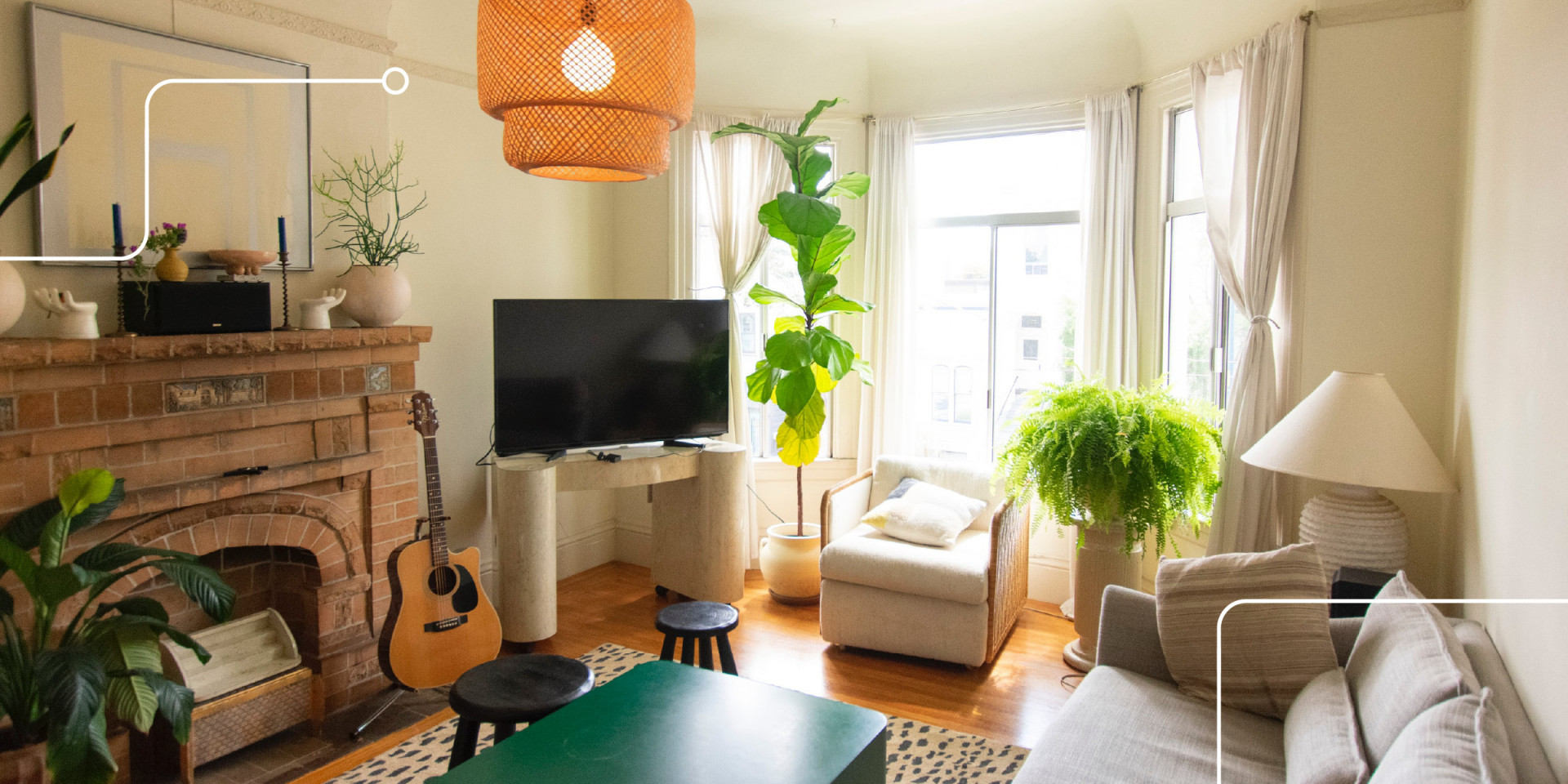Mother Earth is Thanking Apartment Renters and Here’s Why

Happy Earth Day, everyone! During this time, people all over the world demonstrate their love and devotion to protecting the environment in which we all live. We’ll typically read blogs about sustainability, purchase an excess of metal straws and glass Tupperware, research how we can minimize our carbon footprint, and plant new greenery – the list is endless! People are consistently finding new ways to contribute to a healthier planet for generations to come.
So, today, we give a green salute to everyone out there doing their part to leave the planet better than you found it (the *actual* golden rule), especially all the apartment renters, or “high-density occupants” as studies like to call you. That’s right – studies show that apartment renters are doing their part to help Mother Earth by simply being members of multi-family communities!
Want some quick facts to put on your Instagram?
We bolded them for you.

Apartment dwellers use less energy
In a study done at the University of Toronto, energy use and gas emissions of high-density developments proved to be a third of what is emitted by that of low-density developments (i.e. homes and private rentals). The study went on to show that single-family homes specifically use about twice as much energy as buildings that house multiple living units (source)! There’s obviously more square footage to cover, which means higher energy use needed to cool and heat it. Let’s be real, with the scorching summer season approaching, a strategy of simply not using the AC is highly unlikely. Luckily, if you live in an apartment, you can feel more at ease when cooling down 650 square feet as opposed to one standalone structure that’s three-to-five times its size! A New Jersey Institute of Technology study suggests that with consideration to sustainability and equity, a single-person home should max out at 215 square feet and a four-person home should be no larger than 860 square feet. In contrast, the study states that the average U.S. home is around 1900 square feet and more than twice the size of what could be considered sustainable (source)!
Speaking of structures, in an article published in late 2019 by the Commercial Property Executive, they made a fabulous point that we believe is often overlooked when considering the sustainability of single and multi-family housing. Apartment dwellers live in structures that are a “more efficient use of city infrastructure, and [require] less material…” (source). Apartment living is a low-impact investment when it comes to the carbon footprint left behind, lasting effects we have on our planet, and the depletion of resources, less is definitely more! *Gives self a tiny round of applause*

…and reduce emissions by using their cars less
Let’s think about this for a second…apartments are everywhere, right? Developers leverage a ton of data and urban research before deciding to build an apartment structure somewhere—location is key. According to a news article from our northern neighbors (looking at you, Canada), people living in typical suburban communities use around three times more energy than those choosing to live in multifamily housing near public transportation (source)!
Because apartments allow so many people to live in a location that’s more centrally located based on the places they frequent, renters tend to have shorter commutes. Shorter commutes equate to less gasoline being burned, which equates to less greenhouse gas emissions and better air quality (and less money spent on gas)!
Now, get this… apartment renters actually end up contributing to less greenhouse gas emissions for everyone, overall. By living in a compact development that conserves land, you’re helping cut down the distance, time, and gas-burning it takes for people everywhere to get where they’re going. Imagine the time it would take if all those apartment units you pass on your way to work every day were individual homes! Yeah, that’s a big “no thanks” for us.
…and have more options to live in “greener” developments
We’ve already talked about density and the effects it has on reducing our carbon footprint. Irina Ivanova summed it up best in her 2019 Earth Day article for CBS News: “…dense neighborhoods, with dwellings close to each other and on top of each other, are far more climate-friendly than their suburban counterparts. Not only are the buildings in those neighborhoods more energy-efficient compared to the number of people they accommodate, but their density means very little energy is used getting from place to place.” But, what about the buildings and finishes themselves?

Developers have the option to produce what is called a LEED-certified building, or Leadership in Energy and Environmental Design. The global standard is a point system developers can leverage to build a structure that is “efficient, cost-effective, and better for occupants and the environment” (source). Certifications range from “certified” all the way to “platinum” depending on the number of building tactics implemented to support the building’s efficiency! Apartments also help contribute to increased levels of recycling and water-use reduction through tenant programs and low-flow sink, toilet, and shower fixtures by the hundreds. Not to mention they’re a one-stop-shop for services such as mail, package deliveries, and city maintenance. These are all Earth-friendly things apartment tenants typically have access to that they don’t even have to think about!
There’s much more research we could share with you about the sustainability and efficiency apartments offer, but we think you get the picture. So, before all of you apartment dwellers submit another order for eco-friendly, reusable products or plant another tree, give yourself a huge pat on the back. By living in an apartment, you’re showing our planet more TLC than you may know!







